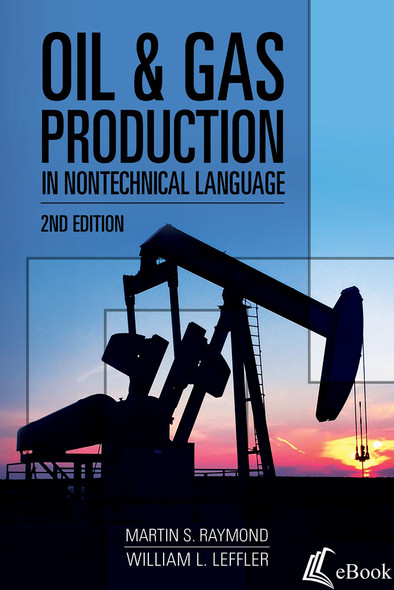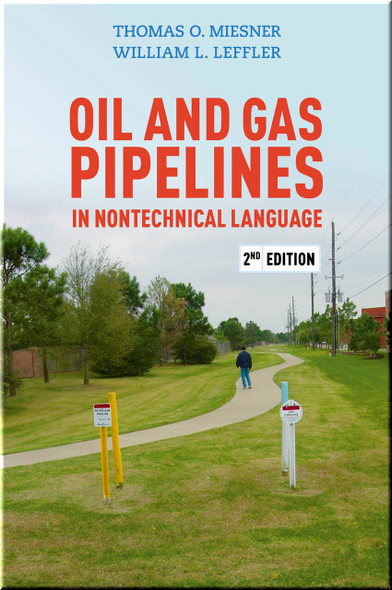Description
This nontechnical treatment of oil and gas production is an excellent introduction for anyone from petroleum engineers and geologists new to their careers to financial, marketing, legal, and other professionals and their staffs interested in the industry. E&P service company personnel will find it particularly beneficial in understanding the roles played by their clients. Not only does it cover production fundamentals, but it backs up to give the necessary upstream background—geology, origins of oil and gas, and ownership and land rights—as well as surface operations and even production company strategy development.
Features & Benefits
- A comprehensive view of the entire E&P function
- Geology and the origins of petroleum
- Reservoir characteristics and behavior
- Expanded coverage of drilling and hydraulic fracturing
- Conventional and not-so-conventional (oil sands plus shale oil and gas) producing operations
- Production problems and solutions
- The different types of companies and jobs in the oil patch and how they interact
Audience
- Engineers
- Geologists
- Field level personnel
- Management
- Energy lending and finance professionals
- Anyone who seeks to understand how, or relies upon, energy markets
- Students
About the Authors
Martin S. Raymond a veteran of more than 40 years in exploration and production, was senior vice-president E&P for J.M. Huber Corporation. During his career he also held engineering, administrative, and management positions with Shell Oil and Forest Oil. He earned a BA degree from Princeton in geology and a masters degree from the University of California at Berkeley. Currently, Raymond consults in the area of operating process management for E&P companies.
William L. Leffler earned an MBA and PhD from New York University and a BS from MIT. After a commission in the US Navy, he worked in the oil and gas and petrochemicals industries for 36 years in the US and abroad. Following that, he taught courses in universities and in companies on the upstream, downstream, and petrochemicals for 20 years while pursuing his writing career.
Dr. Leffler is a prolific petroleum industry writer of magazines and books (almost all with the words in Nontechnical Language in the title.) His books (some with co-authors) include this one on refining as well as petrochemicals, deepwater exploration & production, natural gas, pipelines and oil & gas production.
Details
Type: Hardcover
Size: 6x9 inches
Pages: 343
Published: 2017
ISBN: 9781593703868






